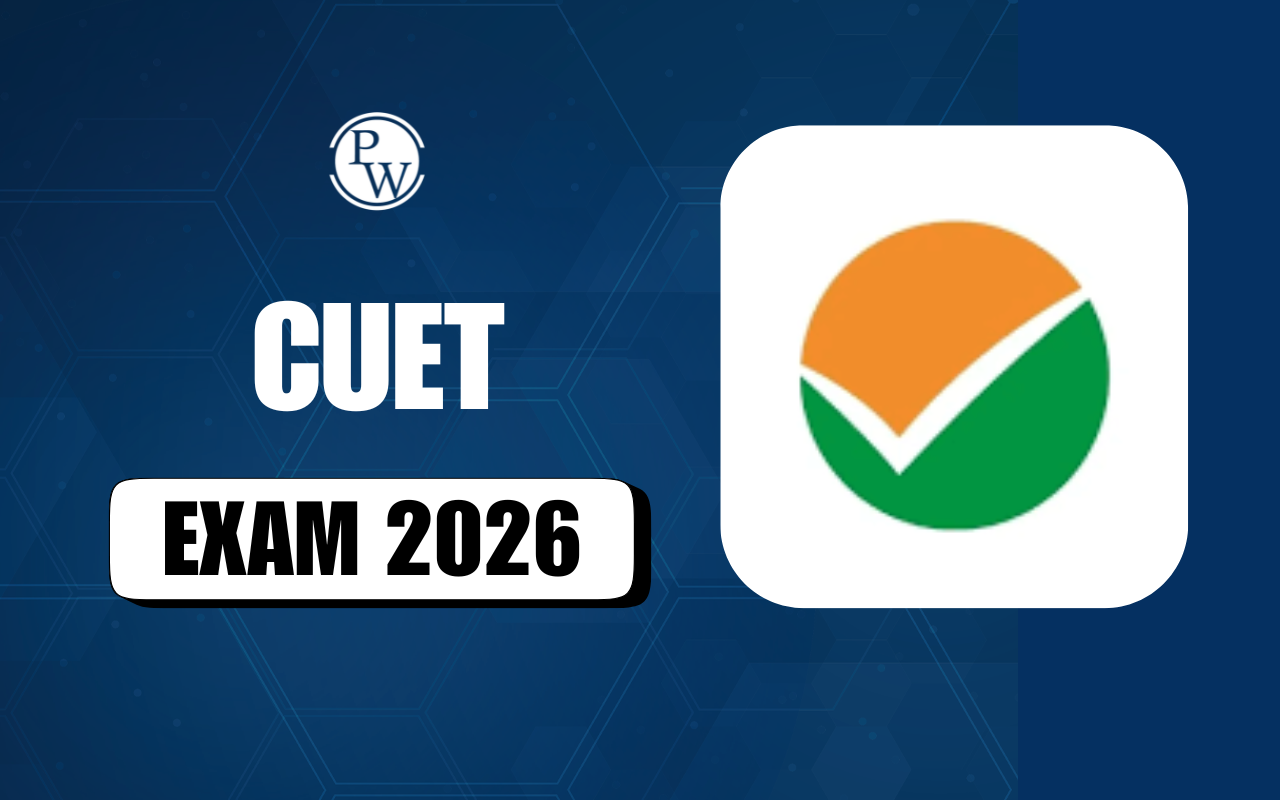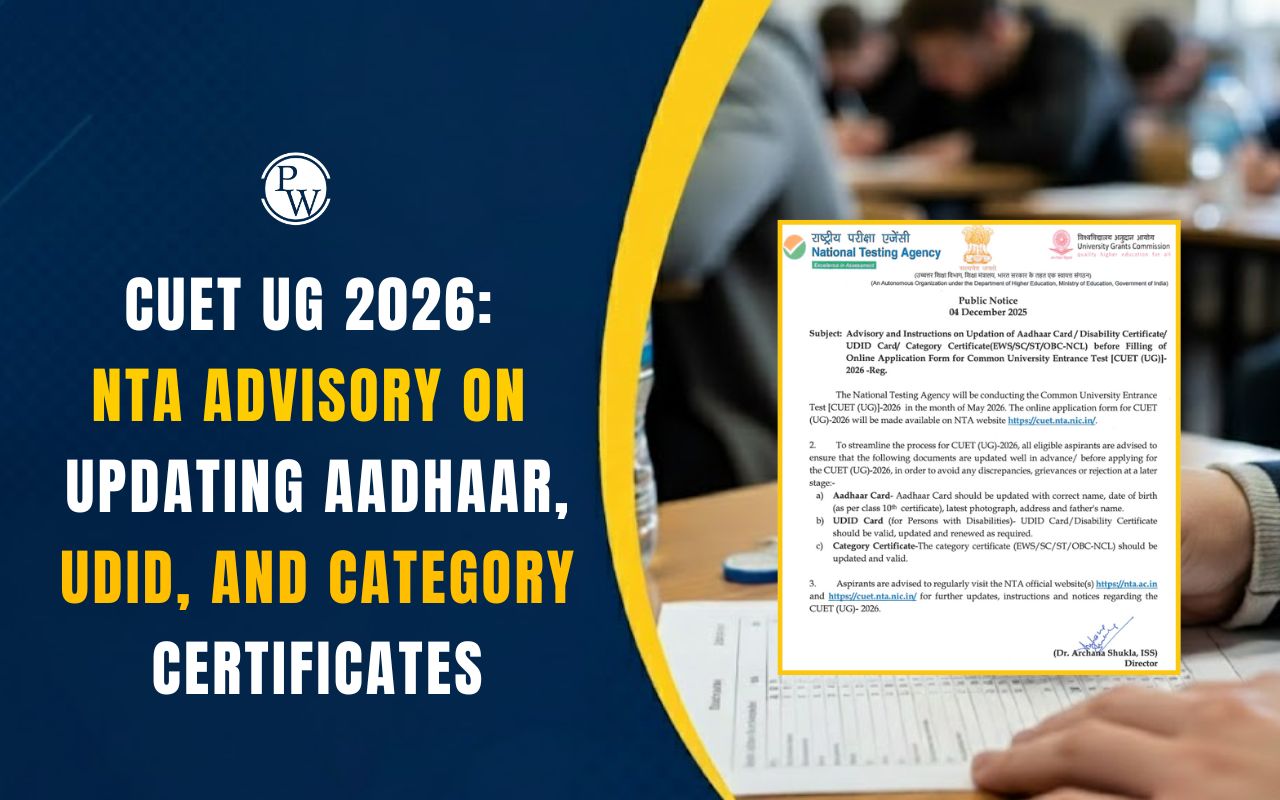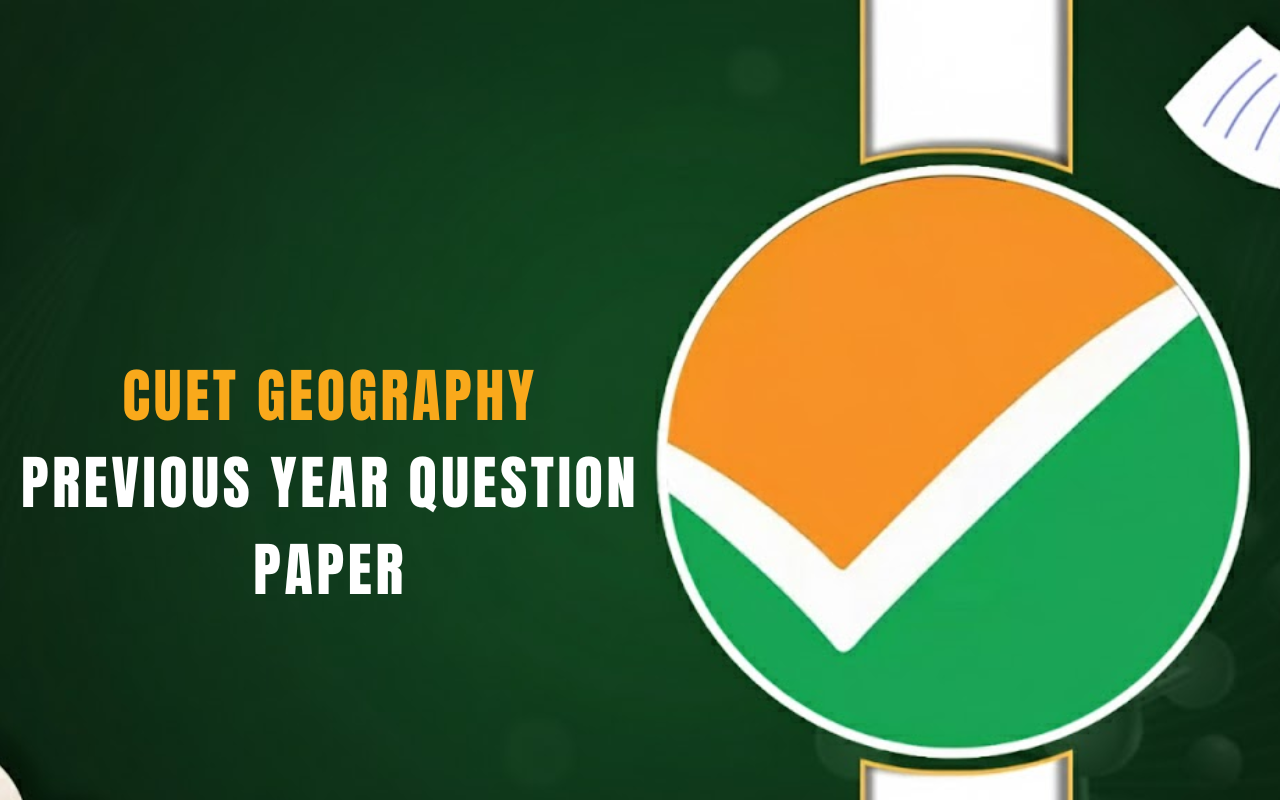
CUET Sanskrit Syllabus 2026 will be released soon by the National Testing Agency (NTA). However, students are advised to begin their preparation using the CUET Sanskrit Syllabus 2025, as the topics are expected to remain unchanged. Starting early with the existing syllabus helps students cover all chapters thoroughly, revise regularly, and practice mock tests and previous year papers for better accuracy and confidence during the exam.
CUET Sanskrit Chapter-wise Syllabus
CUET Sanskrit NCERT Based Syllabus primarily aligns with Class 12 Sanskrit textbooks, including Bhaswati, Shaswati, and grammar-focused content. Below is the chapter-wise breakup of the syllabus:
1. शब्दरूपाणि (Noun Forms in Sentences)
-
अजन्त (ending in vowels): बालक, रमा, नदी, मुनि, धेनु, माता, कर्तृ, दातृ, सखि, मनस्, स्वसृ
-
हलन्त (ending in consonants): राजन्, आत्मन्, वाच्, धनिन्, दिन्
-
सर्वनाम (Pronouns): सः, यः, इदम्, अस्मद्, युष्मद्
2. धा्ुरूपाणि (Verb Conjugations)
-
परस्मैपदी & आत्मनेपदी forms in लट्, लङ्, लोट्, लृट् lakāras
-
Verbs: गम्, नम्, कृ, ज्ञा, भव्, वद्, पठ्, लभ्, सेव्
3. सन्धयः (Sandhi Rules)
-
स्वर संधि: दीर्घ, गुण, वृद्धि, यण
-
व्यञ्जन संधि: श्चुत्व, जश्त्व
-
विसर्ग संधि: लोप, परिवर्तन
4. समासाः (Compounds)
-
अव्ययीभाव, द्वन्द्व, तत्पुरुष, बहुव्रीहि
-
विग्रहवाक्य प्रयोग
5. प्रत्ययाः (Suffixes)
-
कृदन्त प्रत्यय: क्त, तव्यत, ल्युट्
-
तद्धित प्रत्यय: मतुप्, इन
-
स्त्री प्रत्यय: टाप्, ङीप्
6. उपपदविभक्ति प्रयोगाः (Case-endings in Compound Sentences)
7. भाषिक कार्यम् (Functional Language Usage)
-
पर्यायवाची/विलोम शब्द चयनम्
-
विशेषण/विशेष्य प्रयोग
-
वाक्य रचना
8. छन्दः (Metres in Poetry)
-
अनुष्टुप्, इन्द्रवज्रा, उपेन्द्रवज्रा, मालिनी, मन्दाक्रान्ता
9. अलंकाराः (Figures of Speech)
-
शब्दालंकार: अनुप्रास, यमक
-
अर्थालंकार: रूपक, उत्प्रेक्षा
10. संस्कृत साहित्य का सामान्य परिचय (CUET UG Sanskrit Syllabus in Hindi)
-
Classical works, authors, and literary movements in Sanskrit literature.
CUET Sanskrit Exam Pattern
CUET Exam Pattern 2026 for Sanskrit has been designed by the National Testing Agency (NTA) to assess a student’s understanding of core Sanskrit grammar, literature, and comprehension skills. Here is a quick overview of the exam structure:
|
CUET Sanskrit Exam Pattern |
|
|
Particulars |
Details |
|
Conducting Body |
National Testing Agency (NTA) |
|
Mode of Exam |
Computer-Based Test (CBT) |
|
Medium of Exam |
13 Languages including Sanskrit, Hindi |
|
Total Questions |
50 MCQs (All compulsory) |
|
Maximum Marks |
250 |
|
Duration |
60 minutes |
|
Negative Marking |
Yes (–1 for incorrect, +5 for correct) |
CUET Sanskrit Marking Scheme
Here is the CUET Sanskrit Marking Scheme for the 2026 exam, based on the 2025 NTA guidelines:
|
CUET Sanskrit Marking Scheme |
|
|
Response Type |
Marks Awarded |
|
Correct Answer |
+5 Marks |
|
Incorrect Answer |
-1 Mark (Negative Marking) |
|
Unanswered |
0 Marks |
CUET Sanskrit Syllabus PDF
The official CUET Sanskrit 2026 syllabus PDF will be released soon by the National Testing Agency (NTA) on its official website. In the meantime, students should begin their preparation using the CUET Sanskrit 2025 syllabus PDF. The syllabus follows the NCERT Class 12 framework and covers essential areas such as Sanskrit grammar (Sandhi, Samas, and Dhatu-Roop), literary devices (Alankar and Chhand), sentence structure, comprehension, and basic literary knowledge. Starting early with regular revision, MCQ practice, and solving past year questions will strengthen language skills and enhance performance in the CUET exam.
CUET Sanskrit Syllabus
CUET Sanskrit Preparation Strategy
-
Start Early using the 2025 syllabus until the 2026 version is released.
-
Master NCERT Sanskrit books (Class 12), especially grammar and literature chapters.
-
Create summary notes for each chapter and highlight Sandhi-Samas rules.
-
Practice MCQs from previous year question papers and sample tests.
-
Time-bound revision using mock tests and Sanskrit quizzes.
-
Use flashcards for verb conjugations, noun forms, and meters.
-
Revise difficult topics weekly, like Chhand and Alankars.
Physics Wallah provides CUET UG Online Coaching with live classes, study materials, and practice tests. The courses are designed to make learning simple and effective, helping you prepare for your CUET UG exams with ease.
|
CUET UG Exam Important Links |
|
CUET Sanskrit Syllabus 2026 FAQs
Has the CUET Sanskrit Syllabus 2026 been released?
Is the Sanskrit syllabus based on NCERT content?
How many units or topics does the syllabus include?
What is the exam pattern for Sanskrit in CUET?










